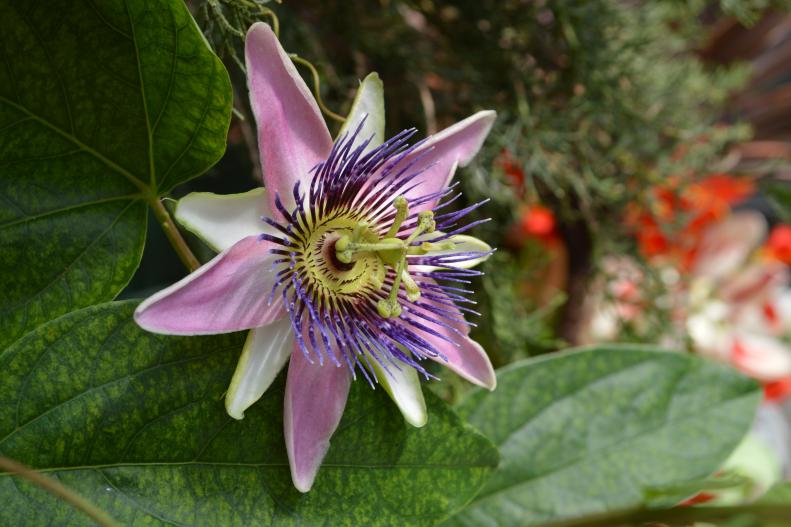1 / 12
Photo: Tower Hill Botanic Garden at TowerHillBg.org
‘Empress Eugenie’ Passion Flower
Give your yard a touch of the tropics with exotic passion flower vine. ‘Empress Eugenie’ opens exquisite blooms that release a beautiful fragrance. Blossoms have subtle colors, so it’s best to place this vine where you can view the flowers up close and personal. Vines can reach 20 to 30 feet high and 6 to 8 feet wide in warmer regions. Grow it in a container in cold-winter regions, and overwinter in a cool spot where roots won’t freeze. Water sparingly through winter, just enough to keep roots alive. New growth should emerge in spring. Hardy in Zones 7-10. Why we love it: Passion flower is a host plant to several butterflies, including zebra longwings, gulf fritillary and monarchs.









